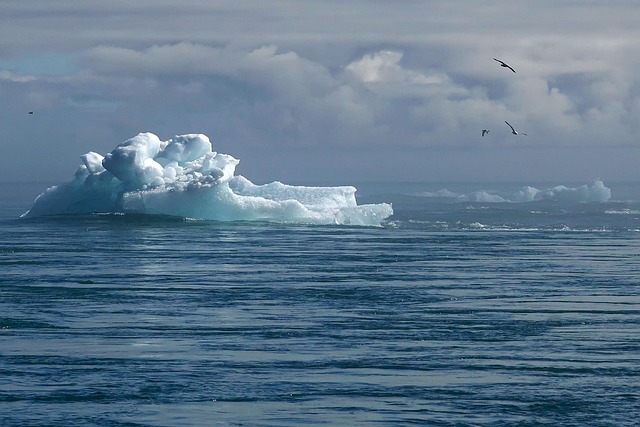Navigating Climate Risks: Understanding Tengerszint Impact on the Environment
As we stand at the crossroads of environmental change, it becomes imperative to comprehend the multifaceted climate risks that affect our planet. Among these, the Tengerszint region acts as a unique case study, embodying the struggle against climate change and the pressing need for sustainable practices. This area, like many others globally, reveals the complexity of our environment and the interconnectedness of our ecosystems.
The Tengerszint landscape, characterized by its rich biodiversity and unique ecological features, faces unprecedented challenges due to climate change. Rising temperatures and erratic weather patterns threaten to disrupt the delicate balance that has been maintained for centuries. Many communities within Tengerszint depend on its resources for their livelihoods, making the stakes incredibly high.
The impacts of climate risks are not only environmental but also deeply personal. For individuals living in Tengerszint, the gradual changes in weather patterns signal the loss of crops, wildlife, and natural beauty that define their home. These changes force communities to confront the reality of climate uncertainty—where traditional knowledge may no longer suffice to navigate new worlds shaped by unprecedented challenges.
Understanding climate change as it pertains to Tengerszint involves recognizing the environmental indicators that point to a larger crisis. Flora and fauna that once thrived in stable climates are now struggling to adapt. This disruption leads to biodiversity loss, which in turn affects food security and water availability. Each of these elements is a thread woven into the fabric of local life, and losing one can unravel the entire community.
The responsibility to address these climate risks rests upon all of us. Local initiatives can promote sustainable practices that reduce the environmental impacts of human activity. By fostering community engagement, we can develop solutions that not only protect but also rejuvenate the Tengerszint ecosystem. This might involve transitioning to renewable energy sources, enforcing sustainable agriculture practices, or engaging in reforestation efforts that restore natural habitats.
Finally, it’s crucial to acknowledge that the challenges faced by Tengerszint aren’t isolated events. They offer a valuable lens through which we can view global climate risks, reminding us of our shared responsibility to safeguard our planet. As we navigate this climate crisis together, let us draw inspiration from Tengerszint’s spirit of resilience and commitment to fostering a sustainable environment for future generations.




